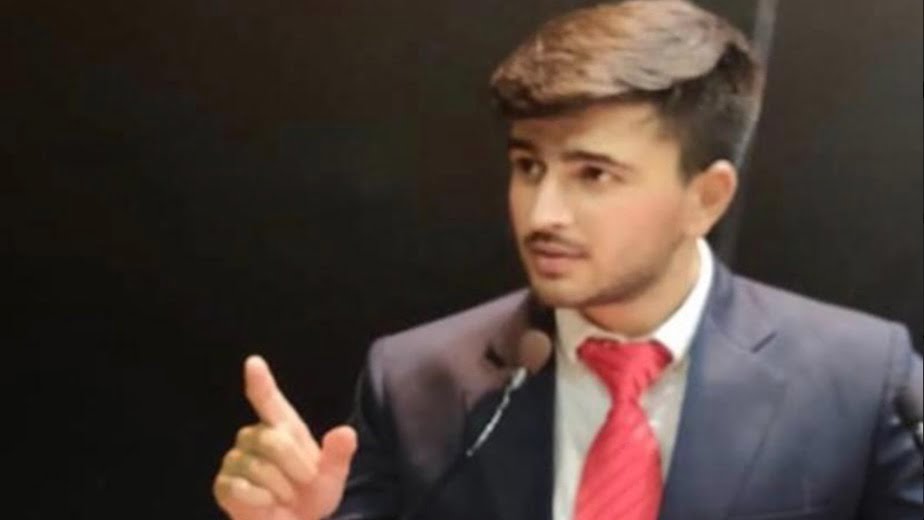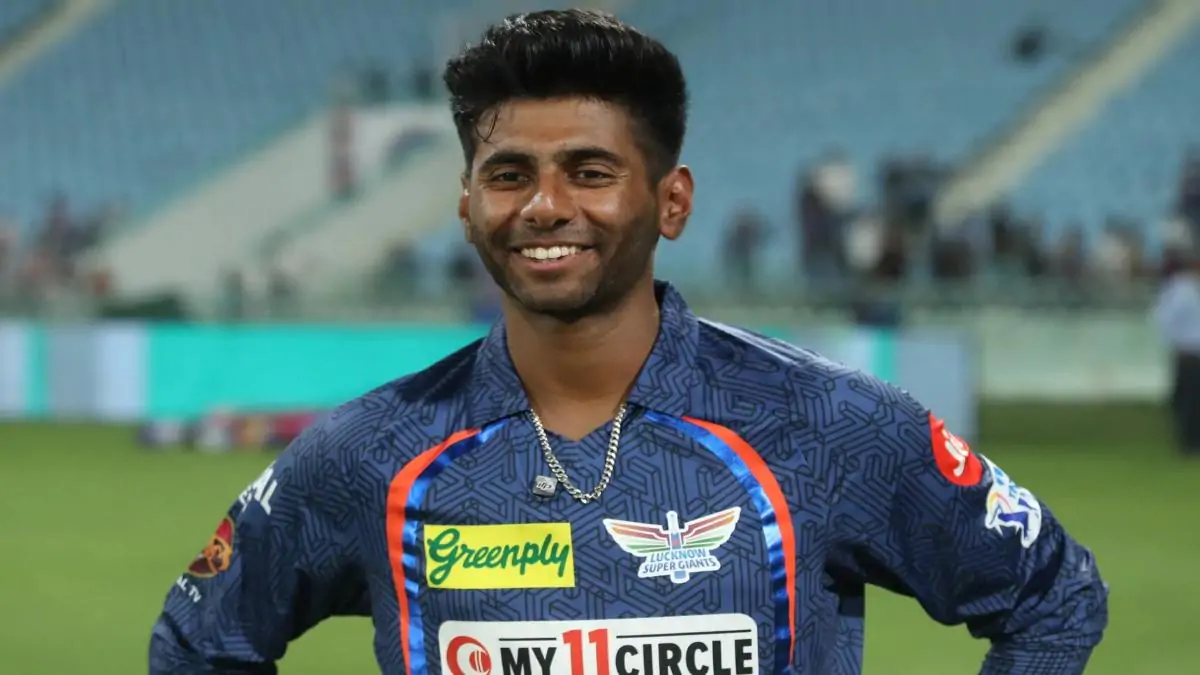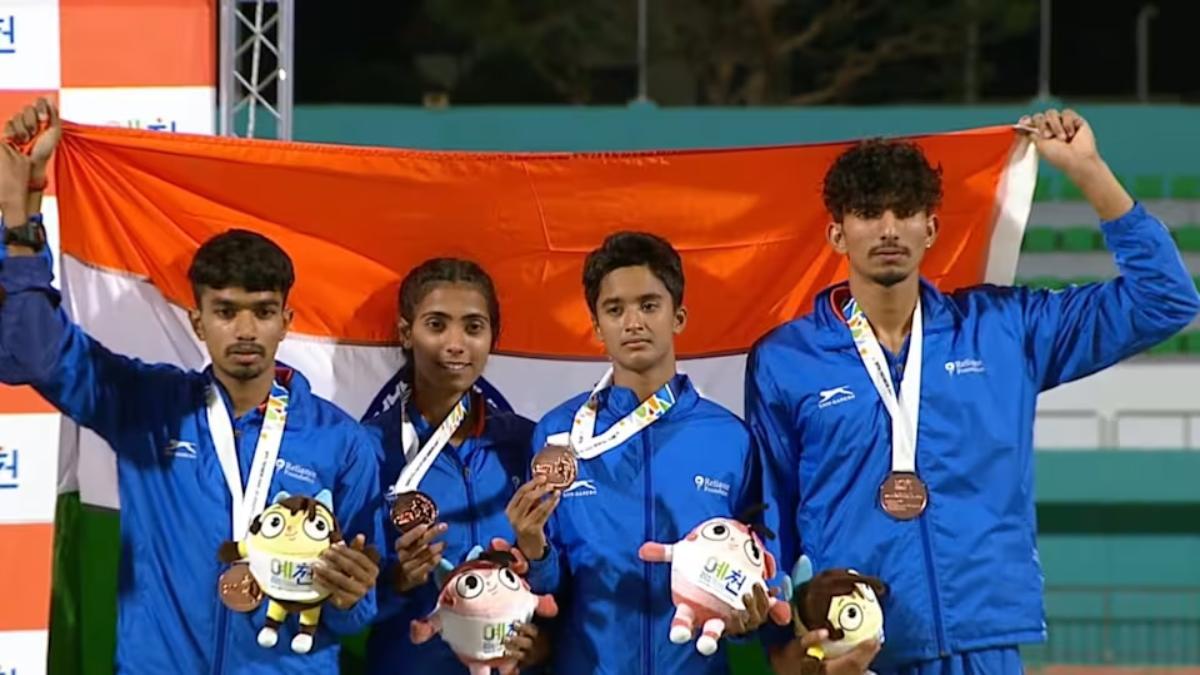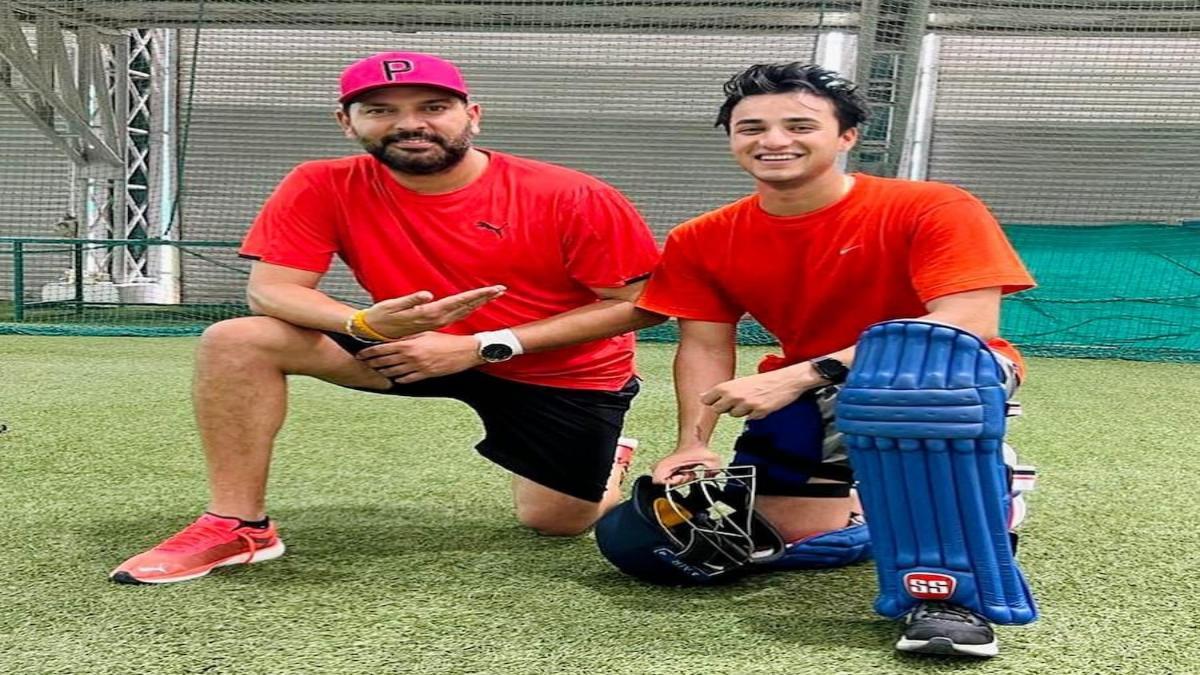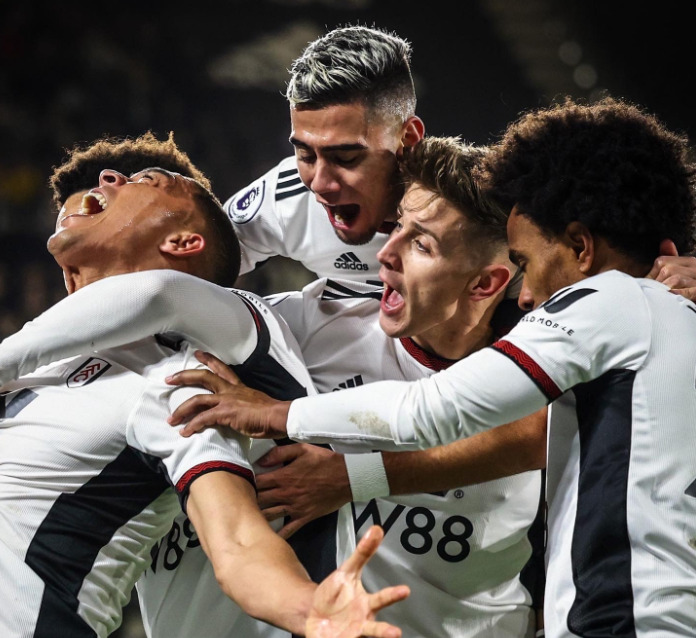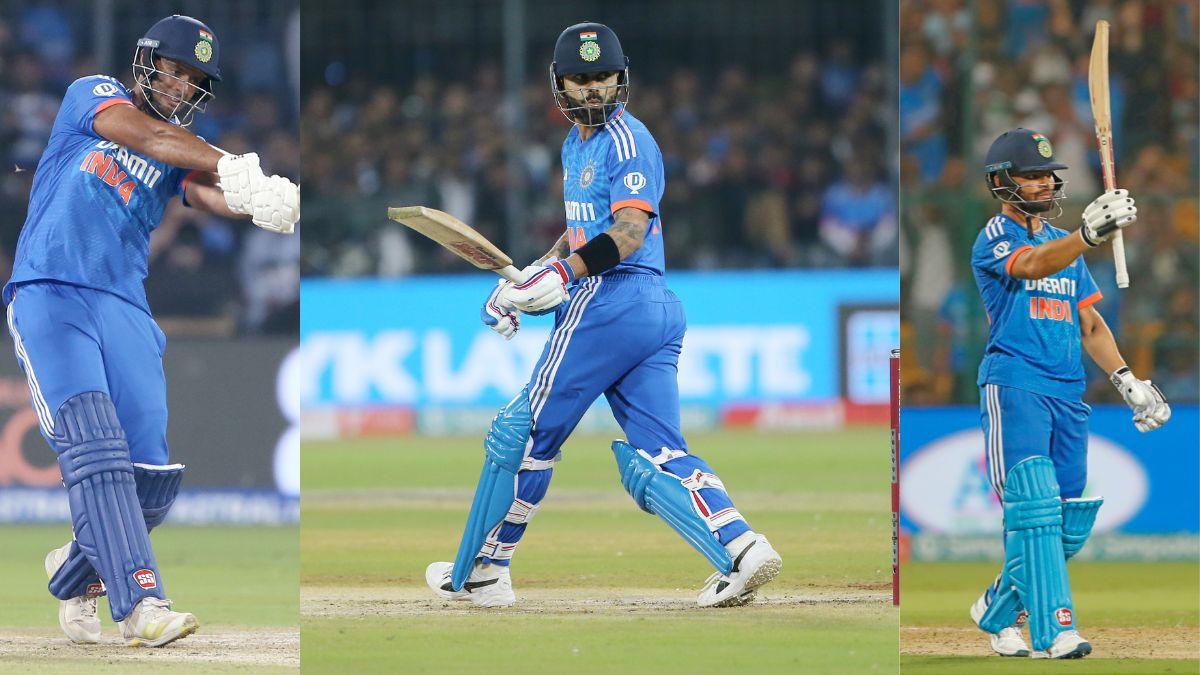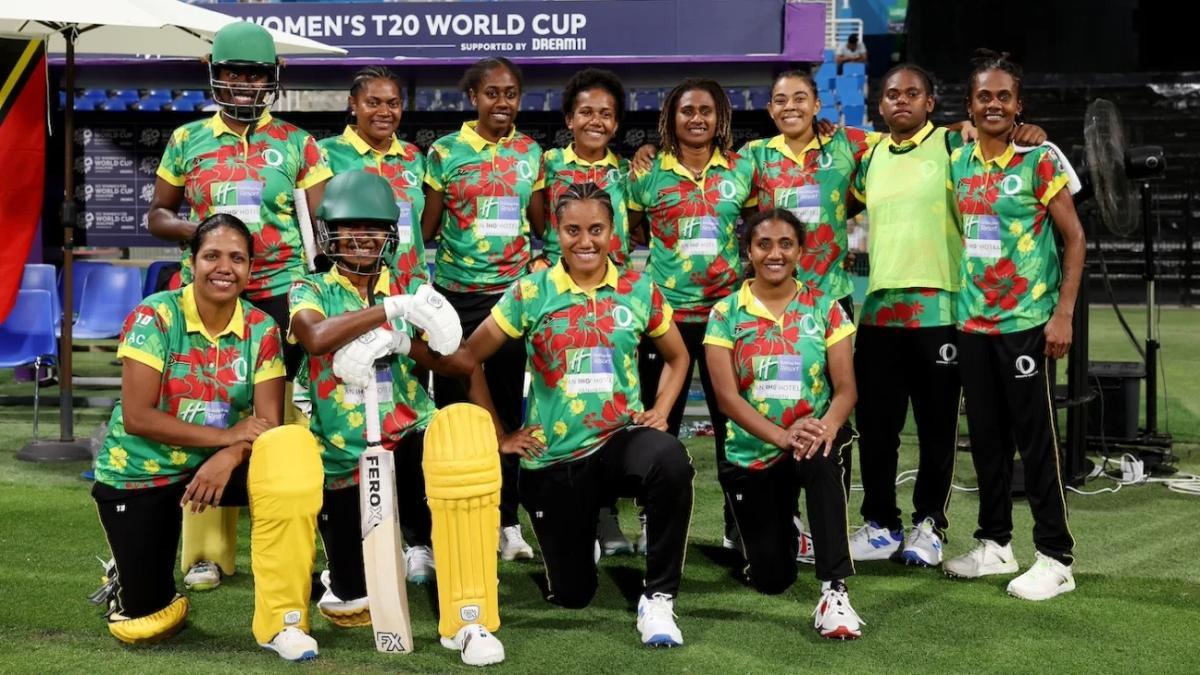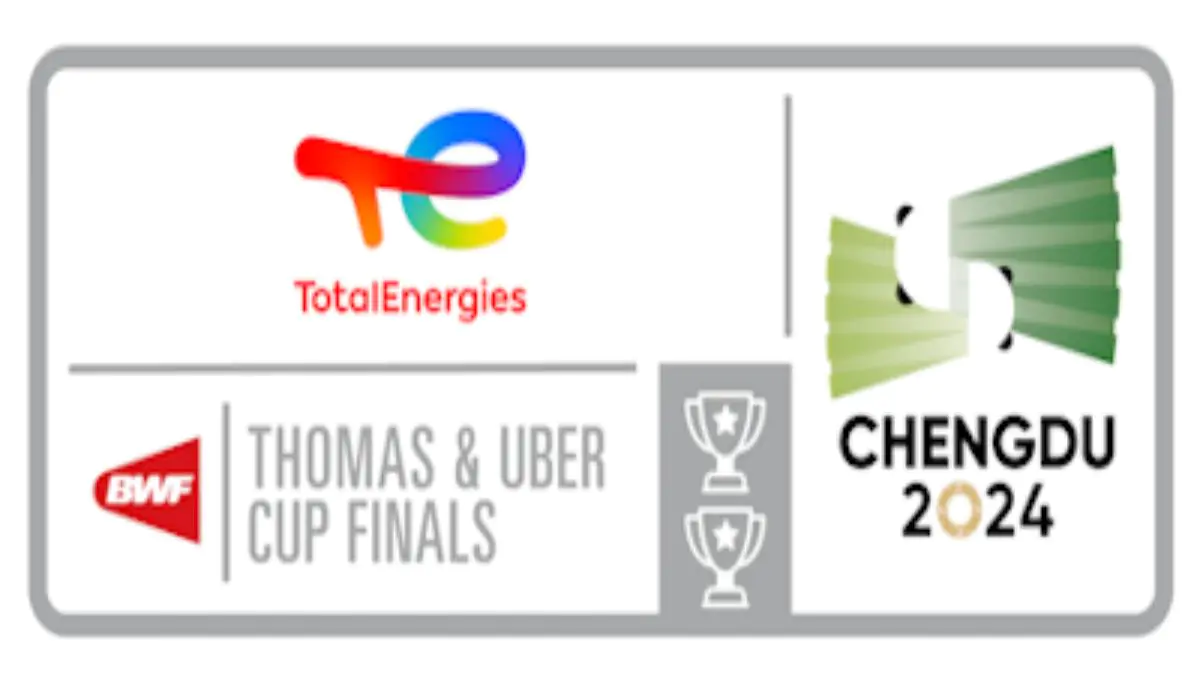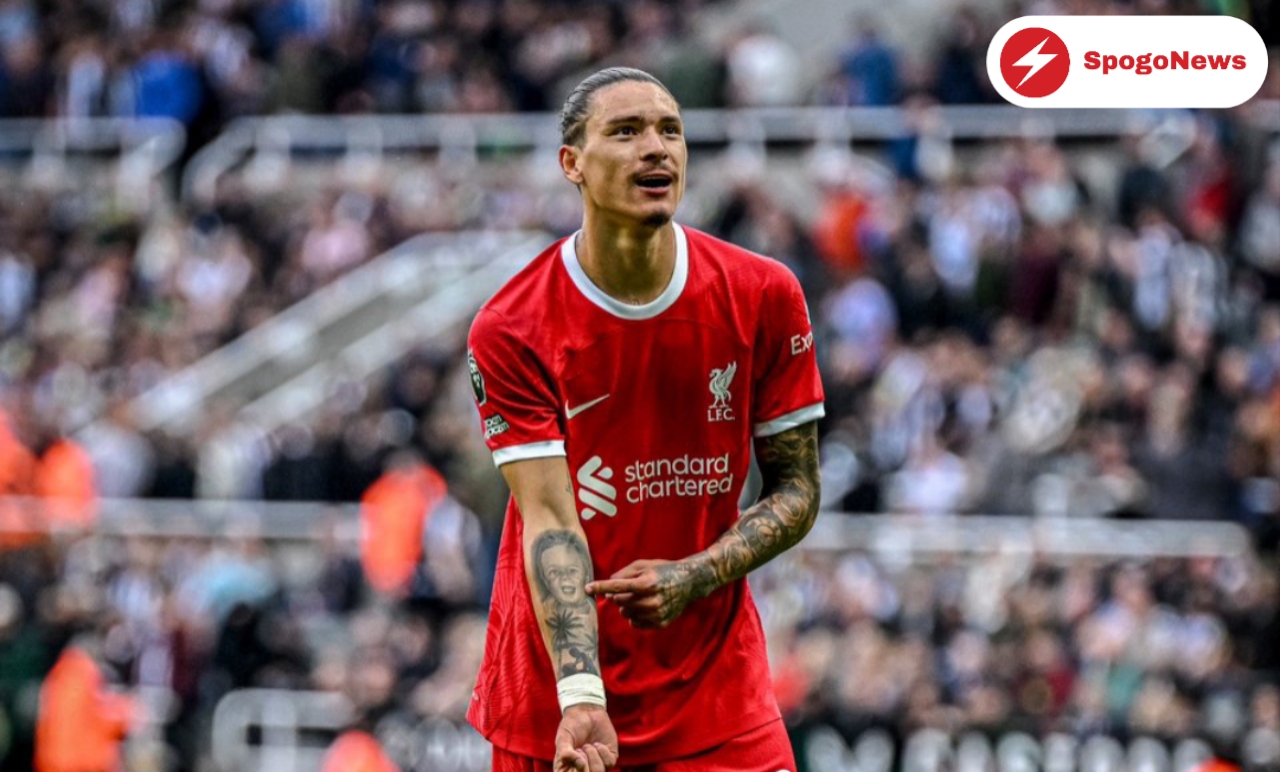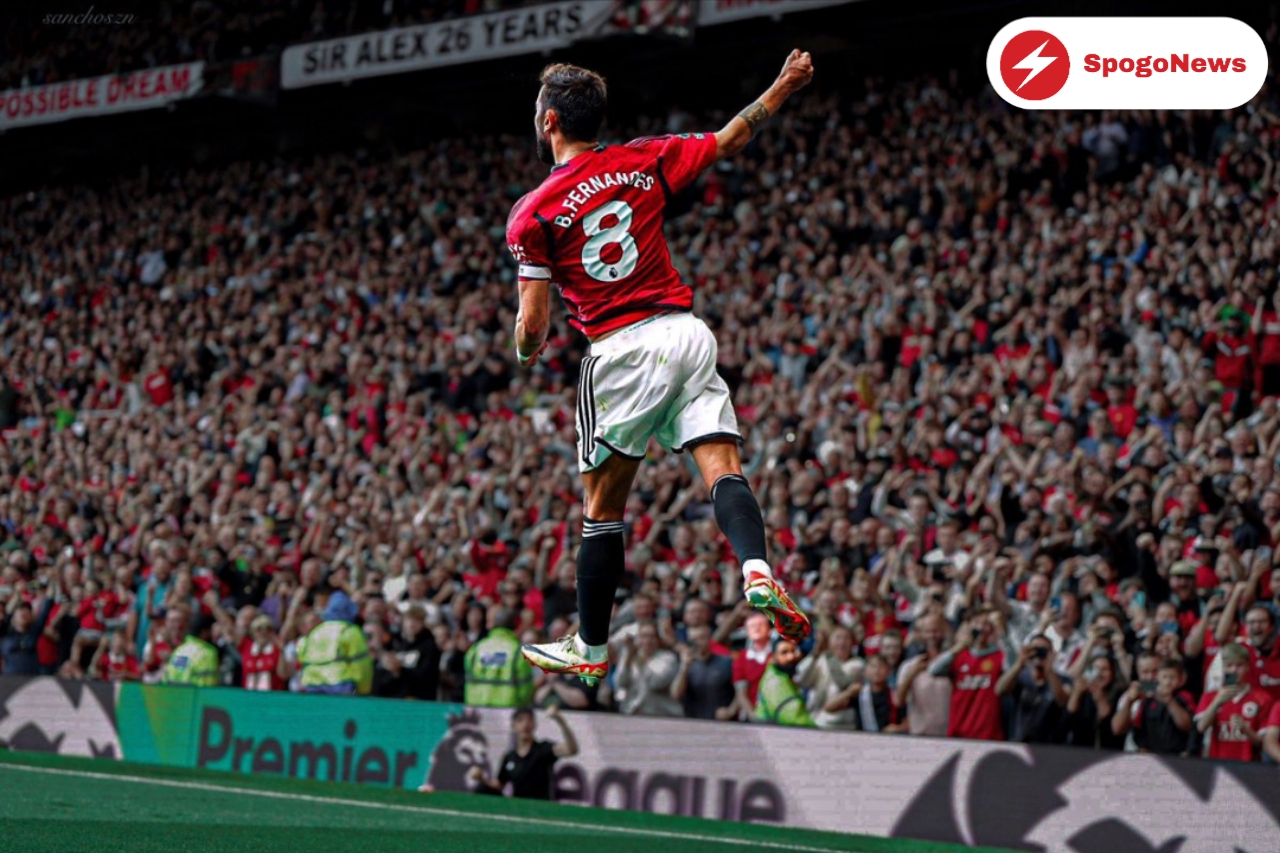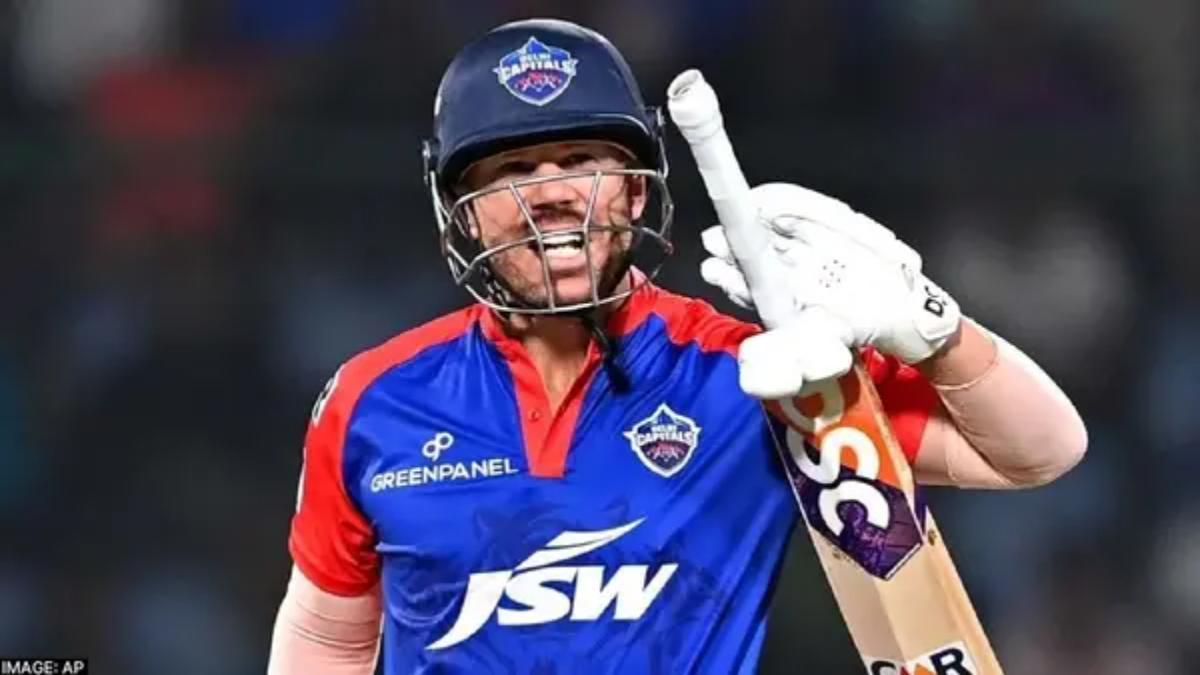India is just coming off the back of 7 medals at the Tokyo Olympics, it’s best ever tally so far. The Indian sports industry is in a better place now than it has been ever before with sports enthusiasts becoming interested in more and more sports apart from cricket. However, there is room for improvement and a variety of factors need to work in cohesion for India to truly be considered a ‘sporting nation’.
In this exclusive interview with SPOGO, Pranav Yadav, Assistant Director at FICCI – Sports and Youth Affairs speaks about the role of industries and corporates in the Indian sporting ecosystem, grassroom development, promoting a sporting culture, the role of media, esports revolution and the future of Indian sports landscape.
Q 1) According to you, how can industries and corporations help the Indian sporting ecosystem remain sustainable and for the country to be regarded as a ‘sporting nation’?
That's something where we have already established ourselves. When you speak to people you will hear two perceptions, there are people who will say that there is not enough support from the industry and there are people who say that you must look at the previous contributions from the Commonwealth or Olympic Games. The percentage of contribution has been rising significantly and I am very proud that the industry has made major contributions to the athletes who have brought medals and laurels and to the ones who are almost about to. The sad part is that we are supporting the athletes once they receive the medals. It would have been better if this contribution was made in their initial nurturing stages, like the times when they secured victory in the nationals. The cycle can shorten itself if this happens; this is something that can be practically done and is sustainable on a shorter as well as longer run.
Q 2) With India having just won 7 Olympic medals in Tokyo, what do you think needs to be done at the grassroot level to improve sporting performance at the biggest stage?
Everybody talks about what the US or China has done once the medal tally is out. This is the reality, the USA has almost 3080 medals if I am not wrong, out of those more than 1600 are gold. China has over thousands of medals. On the other hand, we have a total of 35 medals after the Tokyo Olympics. Directly aiming at medals is not a good idea, we are a population of 130 crore people out of 750 crore on the planet. Grassroot level is a very fancy term and there is no right strategy to grassroot activation, it depends on a lot of parameters. We are a huge country and when we talk about grassroot, we are talking about a village in Kerala, Gujarat, Arunachal or Kashmir. There are a lot of parameters which need to be followed. I believe the state governments need to step in for this and hire good consultants to develop a long term strategy. Not 3 year or 5 year, at least a 7 or 11 year strategy. That's where grassroot activation will change. I personally believe this is not something that can be done on a national level. If you want to see results, the state governments need to partner with the right consultants and organisations and they need to develop a flexible strategy to improve sports at the grassroot level.
Q 3) What do you think the Indian sporting ecosystem needs to do to promote a ‘sporting culture’ especially amongst the youth to encourage participation at the grassroots?
I believe the youth by default is diverting towards e-sports. That is the way I am seeing the stats but somehow there is a loss of revenue from the per-sports industry. On a bigger note, esports also falls in the bracket of the sports industry. The revenue pillar has been shifted but the outflow is from the same pipeline. Esports is one of the reasons why India's sporting economy is still surviving despite the global pandemic. If you look at the age of online gamers, it is between 15-27 which is the peak of youth. If you compare this data to the stats we have from 2010 you'll not find many big numbers back then. Somehow we need to maintain the balance between the esports and sports pipelines. In esports, the stakeholders are making multiple efforts to bring more and more consumers but I feel that the National Sports Federation is not taking the right measures to bring in new participants. In today's day and age you talk about boxing, if there are 100 participants, then the Boxing Federation of India is only interested in bringing excellence to those 100 boxers. There should be a parallel strategy to bring in 100 new participants into the sports. That is how the federation can sustain itself by bringing in a new cycle of the youth. The incentives need to increase as well at least till the state level. Maybe they can partner with corporates who can sponsor gifts or cash prizes. The Badminton Association of India has been doing that for a while now. There are a few other federations who have been partnering with automobile companies to give bikes as a prize. These are very simple techniques to attract participants.
Also read: Olympic medal effect: Mirabai Chanu already seeing heightened interest in weightlifting
Q 4) According to you, what role can the media play in developing a ‘sporting culture’, especially for sports that are not as popular as cricket?
If we look at the power of media, the best example I have ever seen is Neeraj Chopra. If you look at him, he is the 2nd most demanded sporting personality in India after Virat Kohli. In net worth, in demand and also the number of partnership opportunities coming to him and this is not just because of the gold medal. Media has enormous power, especially when it comes to sports because it is perceived as glamour. The thing that makes sports so big is the elegant glamour which comes along with it. Not just media, if you look at the concept of memes. Memes are something which we look at as a way to mimic someone but there are a lot of pages on Snapchat and Instagram which are making positive and healthy memes. There were hundreds of people sharing those posts on social media. That is a part of digital media but even the traditional media has a huge turbulence power with them because if tomorrow a certain sports company gives a huge ad in the Times of India, I'm sure the next day many sports PR companies and consultancies will be reaching out to them because they have made this statement that a huge moment is happening in the landscape of sports and people are reading it. After all, it is a very small industry even if there are hundreds of sports out there. This Neeraj Chopra and Olympic scenario was a hyper movement and I think the media should not just focus on the medalist but also bring out success stories of someone like Aditi Ashok who came so close. This will not just help Aditi but also help the sport to grow. With one success story, we can inspire 10 more Aditi's in the span of 2 decades.
Q 5) What are your views about the esports revolution in India? What do you envision to be the future of esports in our country?
I believe that nobody has the proper definition because there is an enormous power shift in the Esport revolution. I have seen the esport revolution change especially after two things, firstly the pandemic and the statement made by Mr Ambani stating that ‘gaming is going to be bigger than YouTube and Bollywood’. Esport is already going places if you see the stakeholders, net worth and net evaluation of the esport companies which are handled by the unicorn companies, but I feel there has been a lot of shift during the pandemic as it has played a major role in esports. I personally don't like the casino and betting portals, although it is a lucrative and entertaining market, it is something that the customers are very young and dont have the exact knowledge of right and wrong in these online casino and betting portals. Otherwise, industry is flourishing as the current stakeholders are very ethical for the betterment of the youth as you can see leading stakeholders in MPL are supporting the Indian Olympic Association(IOA) and the athletes this Olympics and also plan to partner the other Olympians in the future. Till the time the stakeholders operate in an ethical manner then I feel the industry will go places but also it is going to get better, somehow we are dominating the stakeholders as well as the digital players are dominating the world map. The other new thing is a career option in esports in India and abroad, in the last 10 years we could say there is not much scope for gaming but today's world professional gamers are making a lot of money compared to the IT professions, thats is because the country esports ecosystem is changing and hopefully it can be perceived as a career option just like sports has changed if you consider the the early 80s and 90s where sports was not considered as a career option but now it is. In the same manner esport is developing and in another 3 to 5 years we can see this industry going places
Q 6) How do you think the Indian sports landscape will change in the future and why?
When we talk about the Indian sports landscape then the first thing that comes to my mind or any other person in India is cricket or mainly IPL. If you see IPL, the major chunk is gone into broadcasting which in turn comes under the entertainment industry, that's how sports cuts across various industries in India. The thing I personally want to see is India becoming the next global sports manufacturing hub. If we actually look at the core, it is very weak and the only way possible is by increasing the number of exports in India. It is very less, somewhere in the range of 150 to 200 crores, but it should be double that in the next few years as we already have the potential to achieve it. The global sport market is expected to grow but there is no certain dedicated design strategy to it, it is growing when the demand is growing so we need to work on ideas for demand aggregation. The sports goods market is valued at somewhere near 1 billion, if you see Pakistan and China they are producing a lot more footballs and cricket balls than India is making, so I don’t find a lot of learning curve which is required to set up a football or cricket ball factory. Good schemes from the government can help build special economic zones where people are ready to set up their manufacturing and assembly lines. In India there are currently three dedicated sport economic centres which are Jalandar, Meerut and Kerala, so we as a country need at least one special economic zone for mass production of sport in every state; this will help cater to the domestic as well as the international market. In order to make the sport industry thrive, the sport manufacturers need to rise and double itself in number.


